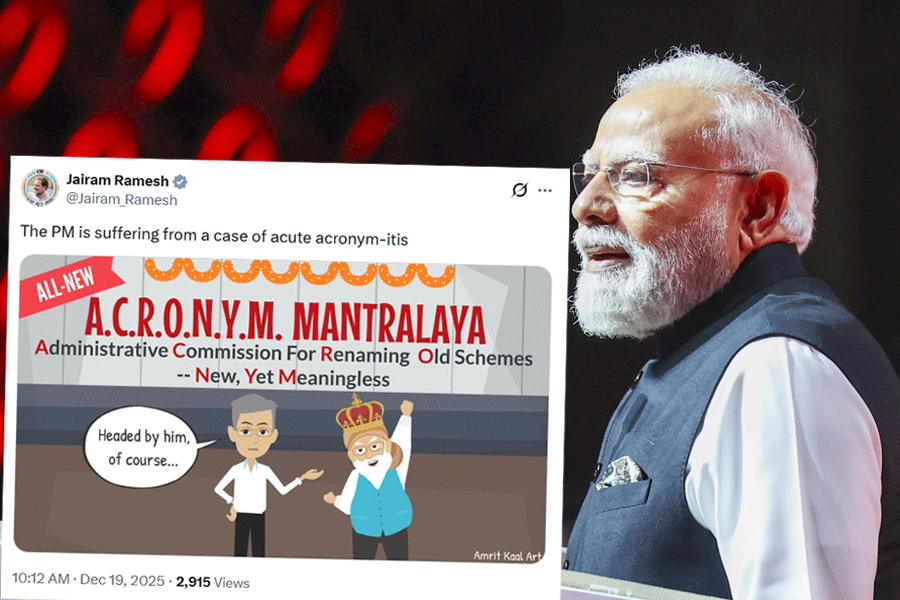About 2.5 per cent of the human body is metals, mainly sodium, potassium, calcium, magnesium, manganese, iron, cobalt, copper, zinc and molybdenum. Of late, the pharma industry has been concentrating on zinc. It is now added to “multimineral-multivitamin” capsules, tablets, syrups and drops for children. It is advertised as a magic cure-all pill. Often it is offered as a “cocktail”, as a mixture with iron and calcium to reduce the number of pills so that none of these elements has to be taken separately. Even traditional systems of medicine have started supplementing their treatment with zinc condiments.
Zinc is actually a trace metal in the body. Minuscule amounts are essential as a catalyst or cofactor for almost 100 enzymes. It helps to create DNA, in cell growth, is necessary for protein building blocks, healing and immunity. It also plays a role in taste and smell.
The requirement for zinc is 2-4 mg/day from birth to three years, 5 mg/ day between four and six years and 7- 9 mg/ day from seven to 10 years. Adult men need 11mg a day and women 8mg a day, except during pregnancy and lactation when they require 12 mg/day.
Zinc is naturally present in sufficient quantities in a variety of foods. Good sources are whole grains, milk products, red meat, poultry, chickpeas and nuts. However, a purely vegetarian diet contains high concentrations of phytates, which bind with zinc and decrease its bioavailability.
Zinc deficiency is rare. It can occur if zinc absorption is poor due to IBS (inflammatory dowel syndrome), chronic diarrhoea, liver or kidney disease or gastrointestinal surgery. Alcoholics are at risk because not only is their diet often unhealthy, alcohol itself can increase the urinary excretion of zinc.
Signs of zinc deficiency are subtle and include loss of taste and smell, poor appetite, depression, frequent infections, delayed wound healing, diarrhoea and hair loss. Prolonged lack can cause skin changes which can be mistaken for contact dermatitis or eczema.
Toxicity for excess zinc does not occur from diet. It usually occurs from overdosing with supplements accidentally or intentionally. If tablets are ingested, it can cause sudden nausea, vomiting, loss of appetite, abdominal cramps, diarrhoea and headaches. Chronic toxicity occurs when excess supplements are consumed over months. It interferes with the absorption of iron and copper. It causes low iron and copper levels and also increased urinary tract infections.
Zinc is prescribed as a supplement in cases of diarrhoea, diaper rash, in septicaemia and to help with wound healing. It can be applied externally for diaper rash, in burns and eczema. In addition, zinc supplementation kills rhinoviruses, which is one of the common viruses causing a cold. It reduces the duration of the common cold by 3-4 days. Zinc sprays used to be prescribed for application directly in the nose for the treatment and prevention of colds. They should not be used as they can cause permanent loss of smell.
Zinc supplements are most effective if they are taken at least an hour before or two hours after meals. They can cause gastric irritation, so plenty of fluids should be drunk. Iron and zinc compete for the same absorption sites in the intestine. Administering them together reduces their bioavailability. They should be given at least twelve hours apart to absorb both efficiently. Calcium should not be given at the same time as it causes the iron and zinc to form an insoluble precipitate.
A healthy diet is safer and possibly more effective than expensive, unnecessary supplements.
The writer has a family practice at Vellore and is the author of “Staying Healthy in Modern India”. If you have any questions on health issues please write to yourhealthgm@yahoo.co.in











